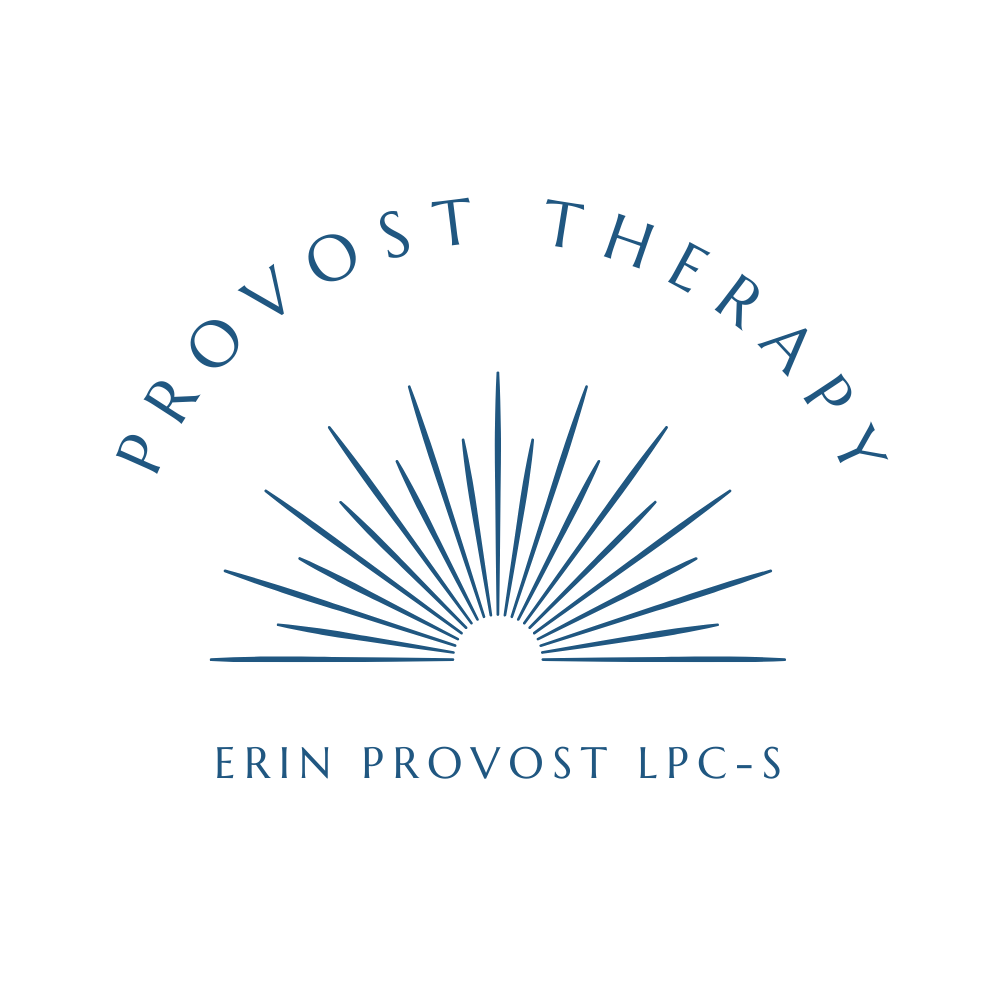Community Healing
I recently spent a life-changing week in the lush jungles of Mexico with eleven truly remarkable individuals. Even now, words feel limited in trying to describe the depth of that experience. It wasn’t just a retreat—it was a powerful reminder of how healing community can be when we’re seen, supported, and allowed to show up as our authentic selves.
Surrounded by nature and like-hearted people, I swam with turtles in sparkling turquoise water, watched monkeys leap from tree to tree, and formed connections that were both immediate and soul-deep. It wasn’t just the place—it was the people. Each of us arrived with our imperfections and wounds, yet what unfolded was a shared experience of unconditional love. It took me a bit to soften, but once I did, I embraced my truth and let others do the same.
A healing community is more than just a group of people gathered together—it's a space where vulnerability is met with compassion, and support flows both ways. Whether it's friends, family, professional networks, or peer groups, these communities offer something crucial: a sense of belonging.
Healing communities provide emotional safety, allowing us to process pain, celebrate growth, and move through challenges without the fear of judgment. In today’s world, even online spaces are stepping into this role, creating virtual havens where people can connect across distances and feel genuinely understood.
There’s growing research showing that emotional wellness is deeply influenced by the presence of strong social support. When people feel connected and cared for, they’re more likely to open up, seek help, and build resilience. Simply being heard—without anyone trying to fix us—is often the medicine we need most.
Healing in community reminds us that we don’t have to go through hard things alone. Listening to someone else’s story can be just as healing as sharing your own. This mutual exchange builds trust and shows us that while our paths may be different, we’re not alone in our experiences.
Communities that heal don’t just offer emotional validation—they provide practical tools and resources, too. From grief support groups to wellness workshops and peer coaching, healing communities help us take tangible steps forward. They also expand our toolbox with ideas, strategies, and new perspectives that we may not have discovered on our own.
At the heart of it all is shared humanity. As my colleague at Being Real, PLLC, Allison Briggs, beautifully writes: “Maybe there are more differences within us—and within every group—than between us.”
Choosing to heal in community is one of the most powerful things we can do—not just for ourselves, but for one another. When we step into spaces that welcome truth and vulnerability, we create ripples of growth and healing that extend far beyond us.
Whether you're finding your people in a jungle, a support group, a virtual circle, or a trusted friend’s kitchen table—know that you deserve to be seen, heard, and held in your process.

